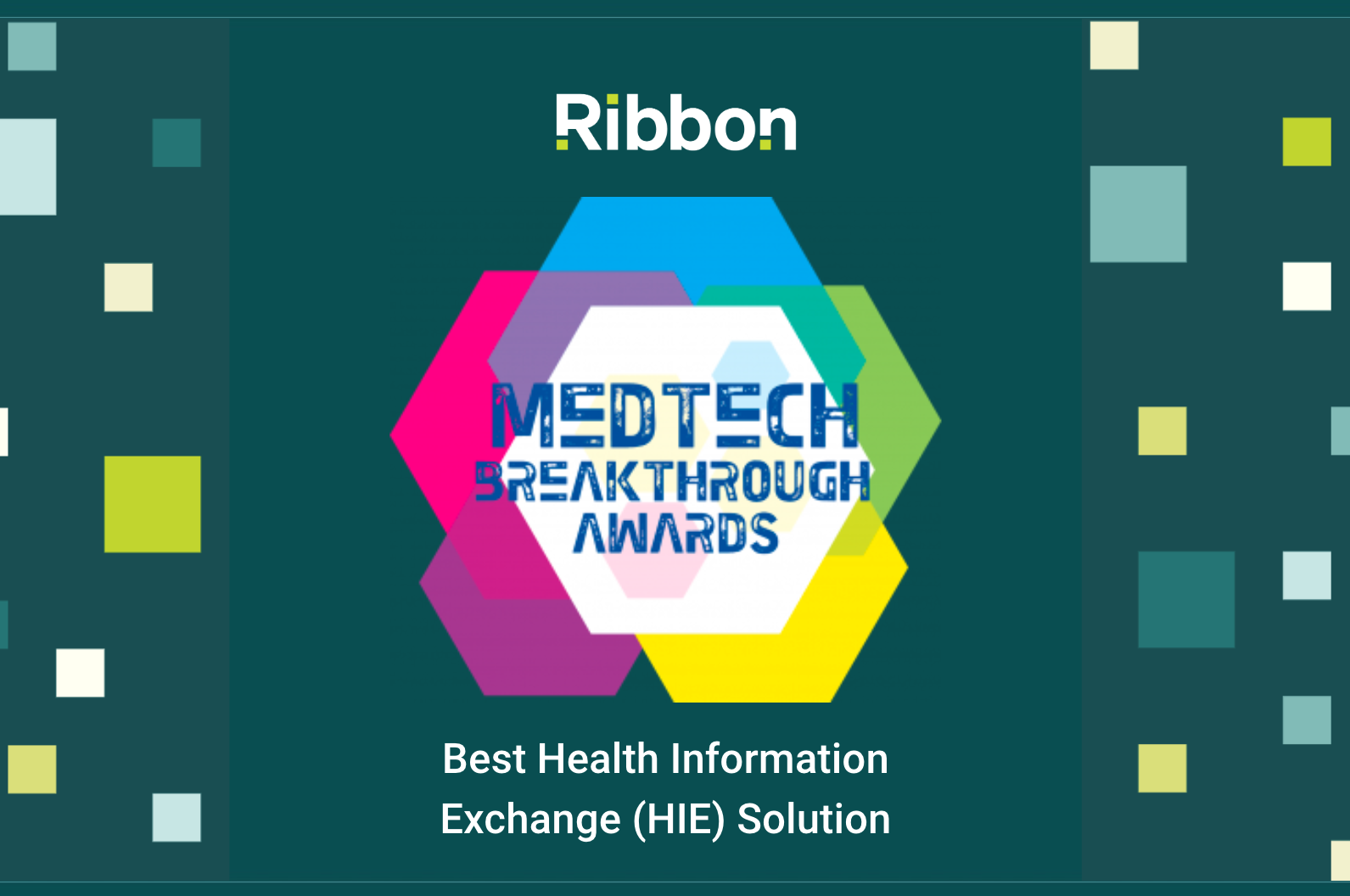Enabling digital front doors with data

How can digital health tools keep up with evolving consumer expectations?
Long before COVID-19 forced healthcare providers to exchange in-person visits with virtual care, healthcare consumers were already knocking on healthcare’s digital front door. From patient portals to online provider directories and apps to keep tabs on chronic conditions, most reach for their smartphones or laptops before ever interacting with a human at a doctor’s office or health plan.
But it wasn’t always that way. Just a few years ago, consumers and healthcare providers resisted the use of digital engagement technologies, like patient portals and online benefit management tools. Although some hailed the tools as revolutionary for patient empowerment, others pointed out a lack of functionality and substandard integration that limited their usefulness.
Since then, however, an entirely new ecosystem of consumer-facing technologies has sprung into being, taking advantage of modern apps, APIs, and devices to create high-value experiences.
This explosion of consumer tech has led to increased demand for even more opportunities to engage with their providers and health plans online. These changing consumer habits put a lot of pressure on organizations to offer seamless digital experiences and timely, accurate information.
With patient preferences fast-tracking the demand for a digital entryway into care, how can digital health companies keep pace? It starts with the fundamentals: ensuring that members can access basic and accurate information about providers through a trustworthy and up-to-date provider directory.
Why start the digital experience with provider directories?
When consumers need care, they first need access to basic information like what providers are in-network and how to reach them—whether that means looking through a provider directory themselves or leveraging care navigation services to find that information. But when the data underpinning those tools are out-of-date, it undermines the intent.
Instead of making the patient experience easier, the process becomes frustrating and riddled with roadblocks. Yes, digital front doors are an end-to-end experience, but first impressions are especially crucial in a time where digital health options are flooding the market and consumers are more open to virtual care now than ever before.
Suppose consumers face inaccurate provider data from the onset of their care journey. It not only makes a negative impression, but it can have severe consequences on their overall health outcomes. From delayed care because a care navigator referred them to a provider that doesn’t provide a particular form of treatment to spending time verifying a provider’s contact information. A myriad of problems bubbles up to the surface when consumers don’t have access to accurate and reliable information. Unfortunately, provider directories have a history of falling short.
As we all become more acclimated to digital health experiences, digital health tools in themselves will inevitably become the new normal. Innovators in healthcare will need to keep pace with the increasing expectations of consumers. That starts with locking down the data foundation supporting these tools or what we at Ribbon like to call the digital back door.
How can digital health companies stay on top of provider data?
Errors, omissions, and outdated information are pervasive as providers try to keep pace with an onslaught of changes to provider affiliations, practice locations, specialties, contact information, and credentials. The challenge is only increasing as healthcare organizations merge with partners and acquire other entities at a frantic pace, driven by the industry’s financial pressures.
In the first quarter of 2021, health systems bought and sold 72 hospital facilities as large health systems look to regain their strategic edge as the pandemic wanes. Physician practices, hard hit by the virus, are also continuing to be absorbed into health systems. 2020 marked the first year when less than half of physicians worked in private practice, and the continued presence of COVID-19 will likely prompt that number to dip even further.
All of this activity causes data churn that leaves digital health companies scrambling to play catch-up with key provider data, disappointing members and rendering their directories useless when information goes out of date too quickly. Automation technologies that leverage rich, accurate, multisource data for keeping provider information up to date can help reverse the trend. For example, instead of relying on complicated, time-consuming manual processes to collect data from individual provider groups, health plans can streamline their directory updates with advanced machine learning.
Staying on top of the never-ending changes to provider data can ensure that directories remain current and valuable for consumer decision-making.
What’s next for digital front doors?
Even before the pandemic, digital tools were essential for modern, data-driven healthcare organizations. But as the pandemic continues to alter how consumers interact with digital health tools, creating an inviting and best-in-class digital experience is no longer optional.
But before developing the next iteration of tools, digital health companies should take another look at the data enabling the digital experience. A weak data foundation carries the risk of failing to deliver on even the most fundamental experiences in healthcare, like being able to get in touch with a provider.
Automating provider directory updates can help cut down on manual effort, reduce the time it takes to update data, and make it easier to stay abreast of rapid changes in the provider landscape. With these solutions in hand, digital health companies can enhance member experiences, attract new consumers, and create a digital front door supported by a revolving digital back door of up-to-date data. To learn more about how accurate provider data enables better healthcare experiences, check out our ebook Simplifying Healthcare Navigation. In this ebook, we take a look at the patient journey and how APIs are transforming how they interact with data along the way.
Read more about our company and culture

Ribbon Health Named 2023 MedTech Breakthrough Award Winner

Fierce Healthcare names Ribbon Health as one of its 2023 “Fierce 15” companies






.png)